Purdue Physics concludes another impactful Summer Research Experience for Undergraduates (REU)
2025-08-15
Purdue University's Physics and Astronomy Department concluded its 10-week Summer REU program, fostering hands-on research and academic growth for students nationwide.
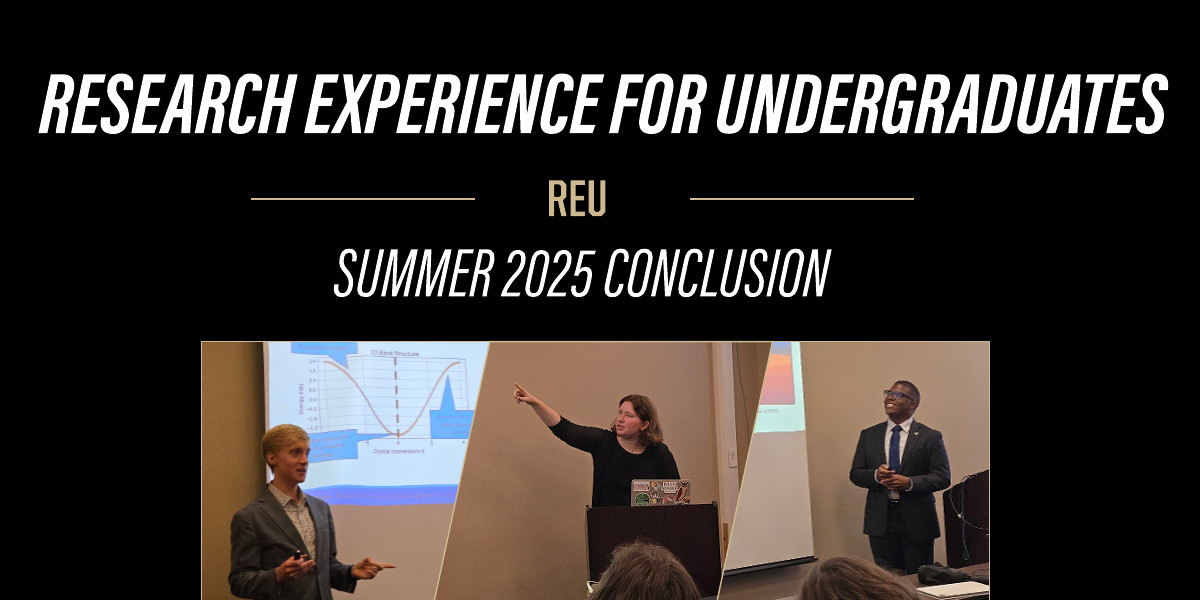
Purdue University's Department of Physics and Astronomy has wrapped up its 10-week Summer Research Experience for Undergraduates (REU) program, marking another season of hands-on research and academic growth for students from across the country.
The program brought undergraduates into Purdue labs to work alongside faculty on projects spanning high-energy physics, condensed matter, geophysics, biophysics, astrophysics, nuclear physics and accelerator mass spectrometry. Throughout the summer, participants gained real-world experience in experimental design, data analysis and scientific communication.
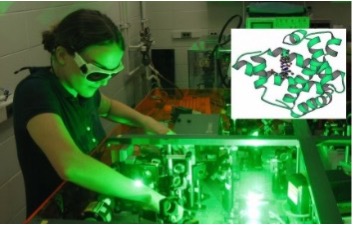
Physics REU student conducting research. (Photo Courtesy/Sergei Savikhin)
The inaugural National Science Foundation (NSF) Research Experiences for Undergraduates (REU) Site at the Purdue University Department of Physics was established in 1999. Over its 23-year duration, the program has supported over 300 undergraduate students from institutions across the United States and approximately 40 K-12 educators. The program is highly competitive, annually receiving between 200 and 400 applications for only 12 available summer REU positions. Additionally, the program provides valuable research experience to K-12 teachers, enhancing their professional development.
"This program is a vital way we introduce students to the excitement and rigor of research," said Gabor Csathy, head of the Department of Physics and Astronomy. "Our faculty and graduate students work closely with the REU cohort, not only advancing research, but also inspiring the next generation of scientists."
In addition to lab work, students took part in weekly "pizza seminars," where faculty and guest speakers shared research highlights across different fields. Midway through the program, participants presented their progress at an internal symposium, and the summer concluded with a department-wide mini-conference featuring final project presentations.

Professor of Physics and Astronomy Yulia Pushkar gives a lecture titled “Learning from Nature to Produce Clean Energy.” (Photo courtesy/David Siple)
Ian Arnold, assistant professor of practice in the Department of Physics and Astronomy, says, “Our Purdue Physics Research Experiences for Undergraduates (REU) program had 12 outstanding undergrads from 11 institutions across the country joining us this summer for various summer research projects with our faculty in the Department of Physics and Astronomy. This NSF-funded experience allowed these students to engage in real cutting-edge research in theoretical, experimental, and computational physics across a broad selection of physics subspecialties, made possible by the mentorship from our department's amazing faculty and graduate students.”
The program also offered professional development opportunities, including visits to national laboratories, outdoor activities to build camaraderie, and support for students to attend conferences during the academic year. Many participants will continue collaborating remotely with their Purdue research mentors, extending the program's impact beyond the summer.
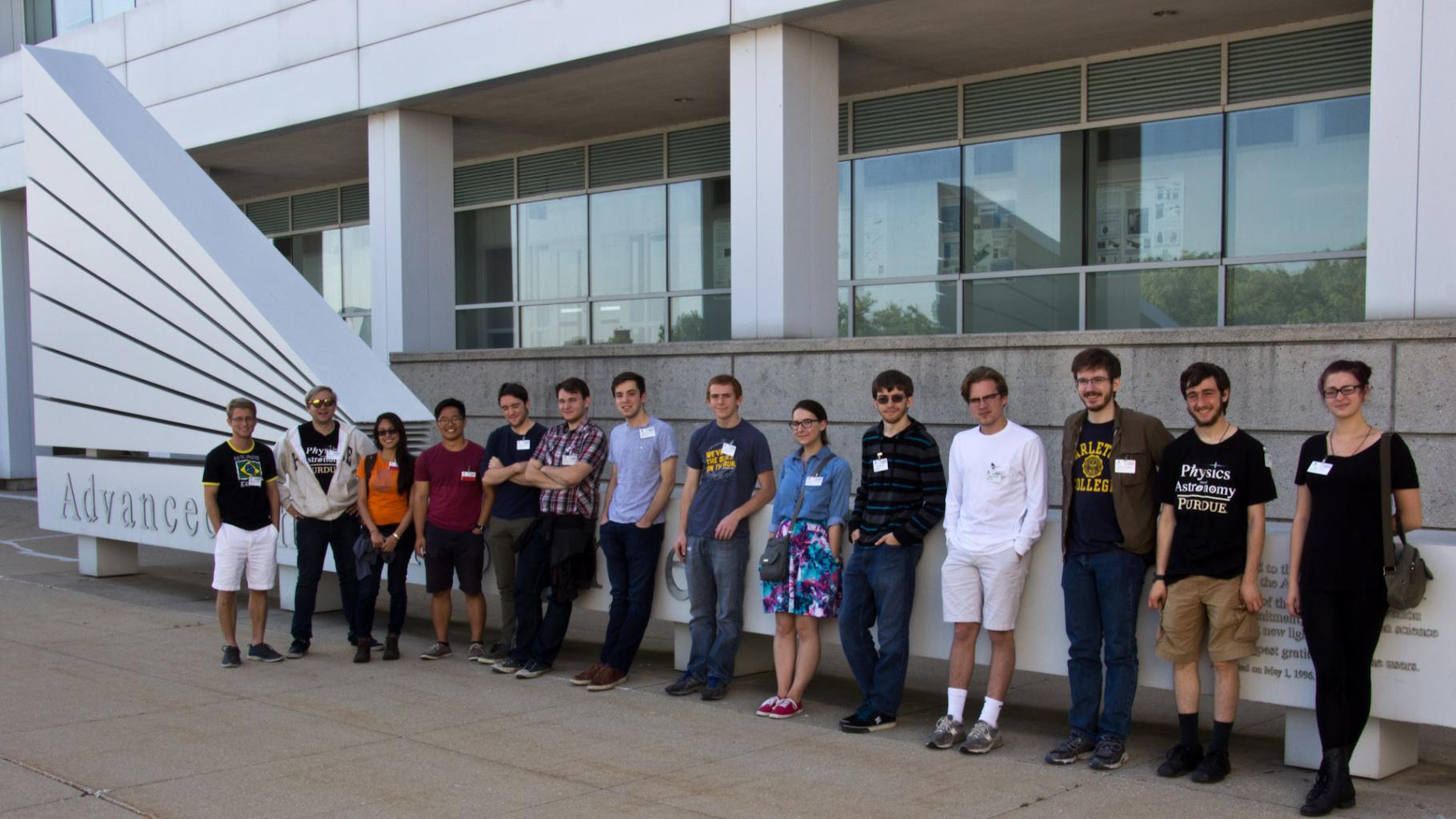
Physics REU students at Argonne National Laboratory and Fermilab. (Photo Courtesy/Sergei Savikhin)
“In addition to the great research projects over the ten-week program, we visited Fermi National Accelerator Laboratory and Argonne National Laboratory to tour their facilities, we had a group outing to Turkey Run State Park for a canoeing and kayaking adventure, and we participated in a day of physics competitions with the REU program at the University of Notre Dame. The students this year were a superb group who we hope will build upon their experiences with our faculty to continue their pursuit of science and research in the future!” says Arnold.
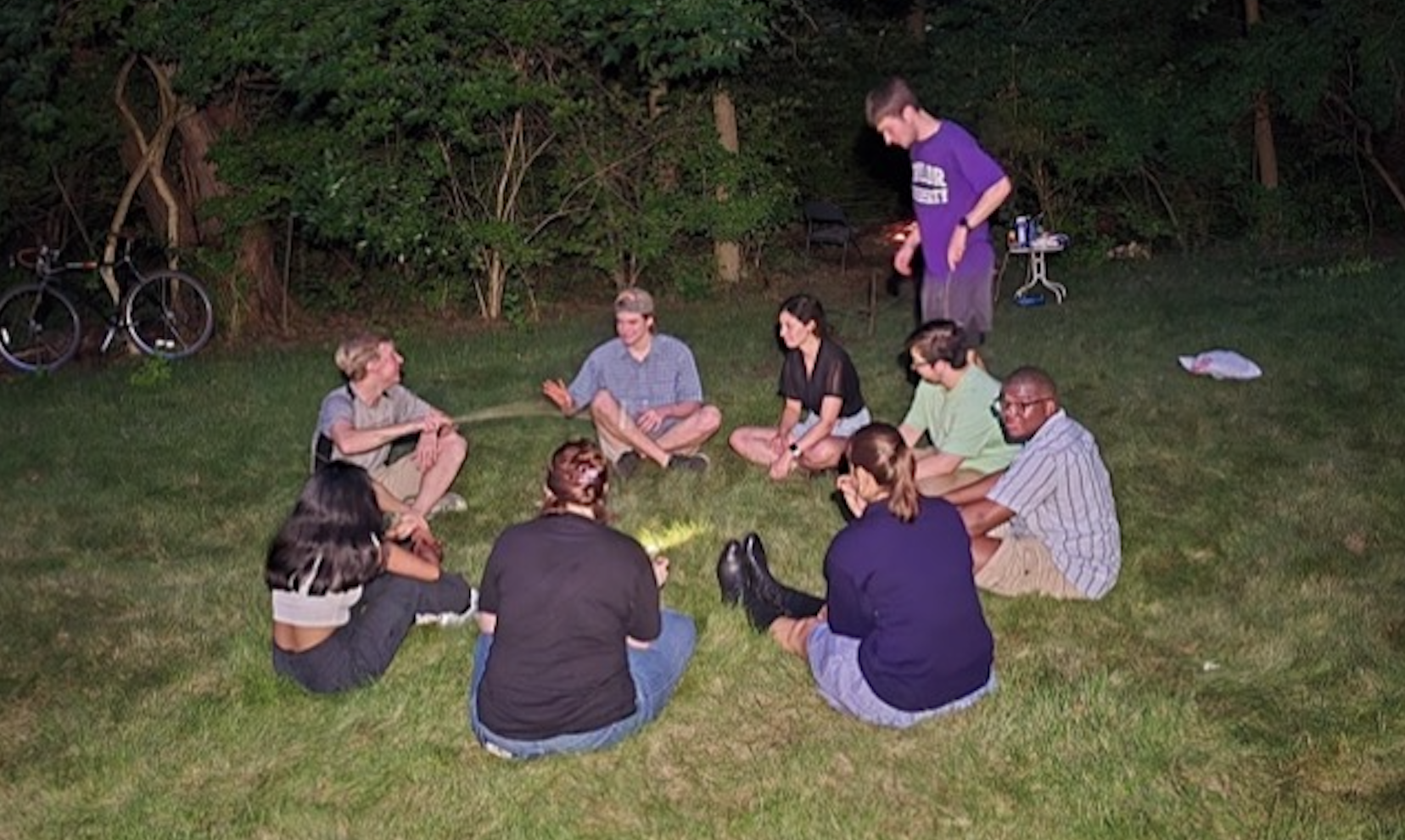
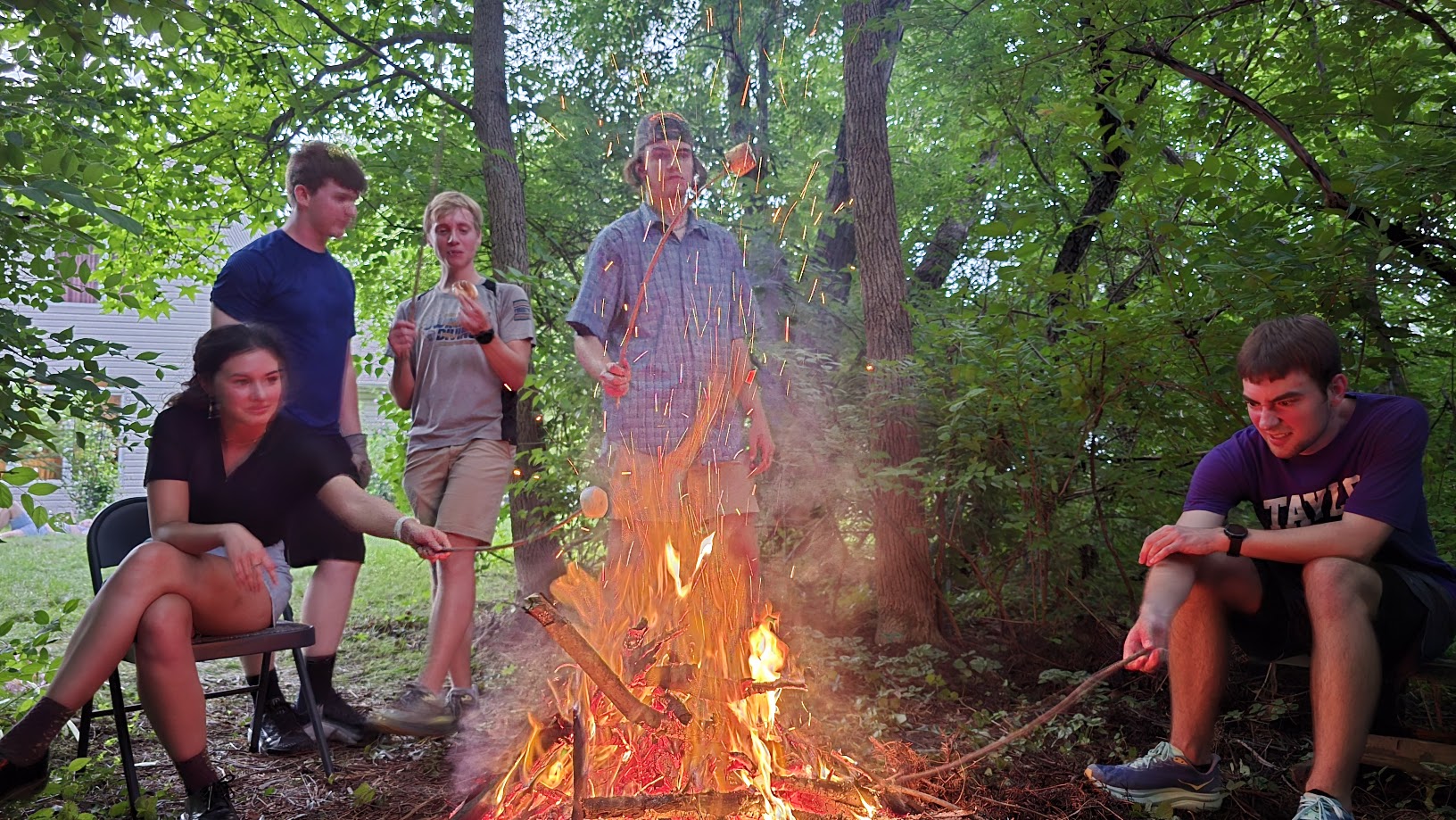
Looking ahead, the REU program aims to continue expanding access to research for students from institutions with limited laboratory resources and those from underrepresented backgrounds in physics.
“Serving as the Summer Program Coordinator for the Purdue University Physics REU Program has been an incredibly rewarding experience,” says Sonia Hill. “Over the past 10 weeks, I have had the pleasure of supporting a talented and driven group of 12 undergraduate students as they explored research and built lasting connections. From planning their arrival to watching their growth throughout the program, it was a privilege to help shape such a meaningful part of their academic journeys.”
By fostering early-stage scientific talent and encouraging collaboration, the REU program supports Purdue's mission as a top research university while preparing students for further study and careers in science.
For more information on the Purdue Physics REU program, visit: https://www.physics.purdue.edu/research/reu
About the Department of Physics and Astronomy at Purdue University
Purdue’s Department of Physics and Astronomy has a rich and long history dating back to 1904. Our faculty and students are exploring nature at all length scales, from the subatomic to the macroscopic and everything in between. With an excellent and diverse community of faculty, postdocs and students who are pushing new scientific frontiers, we offer a dynamic learning environment, an inclusive research community and an engaging network of scholars.
Physics and Astronomy is one of the seven departments within the Purdue University College of Science. World-class research is performed in astrophysics, atomic and molecular optics, accelerator mass spectrometry, biophysics, condensed matter physics, quantum information science, and particle and nuclear physics. Our state-of-the-art facilities are in the Physics Building, but our researchers also engage in interdisciplinary work at Discovery Park District at Purdue, particularly the Birck Nanotechnology Center and the Bindley Bioscience Center. We also participate in global research including at the Large Hadron Collider at CERN, many national laboratories (such as Argonne National Laboratory, Brookhaven National Laboratory, Fermilab, Oak Ridge National Laboratory, the Stanford Linear Accelerator, etc.), the James Webb Space Telescope, and several observatories around the world.
Written by: David Siple, communications specialist, Purdue University Department of Physics and Astronomy